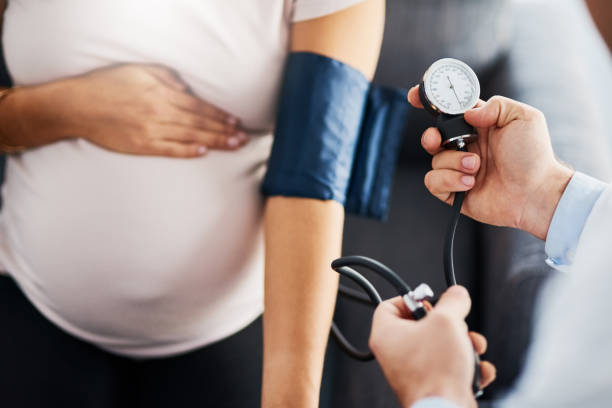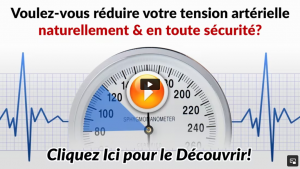What is Pulmonary Hypertension? An Overview

Pulmonary hypertension is high blood pressure in the blood vessels that supply the lungs (pulmonary arteries).
Effects of Pulmonary Hypertension
- It's a serious condition that can damage the right side of the heart.
- The walls of the pulmonary arteries become thick and stiff, and cannot expand as well to allow blood through.
- The reduced blood flow makes it harder for the right side of the heart to pump blood through the arteries.
If the right side of your heart has to continually work harder, it can gradually become weaker. This can lead to heart failure.
Pulmonary hypertension is a rare condition that can affect people of all ages, but it's more common in people who have another heart or lung condition.
Symptoms of pulmonary hypertension
Symptoms of pulmonary hypertension include:
- shortness of breath
- tiredness
- feeling faint or dizzy
- chest pain (angina)
- a racing heartbeat (palpitations)
- swelling (oedemic) in the legs, ankles, feet or tummy (abdomen)
The symptoms often get worse during exercise, which can limit your ability to take part in physical activities.
If you have a type of pulmonary hypertension known as pulmonary arterial hypertension (PAH), you may not have any symptoms until the condition is quite advanced.
When to see a GP
See a GP if you have any symptoms of pulmonary hypertension. They may ask you about your symptoms and medical history, and they may carry out a physical examination.
Correctly diagnosing pulmonary hypertension can sometimes take time because its symptoms are similar to those of many other heart and lung conditions.
Tests you may have include a type of heart scan called an echocardiogram, and right heart catheterization, where a thin, flexible tube is inserted into your pulmonary artery.
Causes of pulmonary hypertension
The changes in the pulmonary arteries that lead to pulmonary hypertension can be caused by:
- problems with the smaller branches of the pulmonary arteries (PAH)
- conditions that affect the left side of the heart
- lung diseases or a shortage of oxygen in the body (hypoxia)
- blood clots that cause narrowing or a blockage in the pulmonary arteries
Treating pulmonary hypertension
Pulmonary hypertension cannot be cured, but treatment can reduce the symptoms and help you manage your condition.
Pulmonary hypertension usually gets worse over time. Left untreated, it may cause heart failure, which can be fatal, so it's important treatment is started as soon as possible.
If another condition is causing pulmonary hypertension, the underlying condition should be treated first. This can sometimes prevent the pulmonary arteries being permanently damaged.
Treatments for pulmonary hypertension may include anticoagulant medicines to reduce the blood's ability to thicken (clot) and diuretics to remove excess fluid as a result of heart failure.
You may also be offered medicine to widen the blood vessels.
Home oxygen treatment may also be prescribed if the level of oxygen in your blood is low.
Outlook
The outlook for pulmonary hypertension varies, depending on factors such as:
- what's causing it
- how quickly it's diagnosed
- how advanced your symptoms are
- whether you have another underlying health condition
The specialist in charge of your care will be able to give you more detailed information.
Having pulmonary hypertension can affect your ability to carry out everyday activities.







